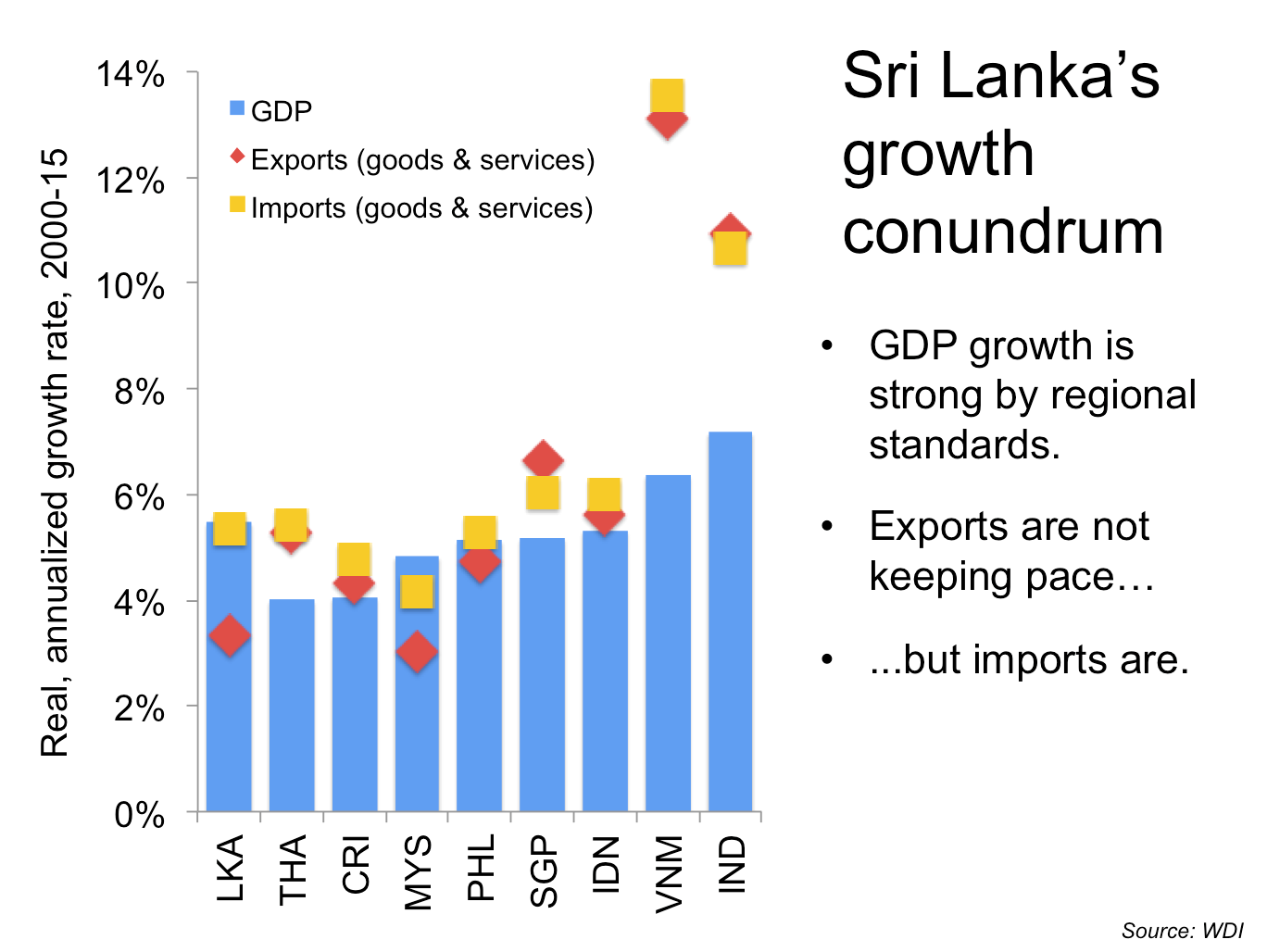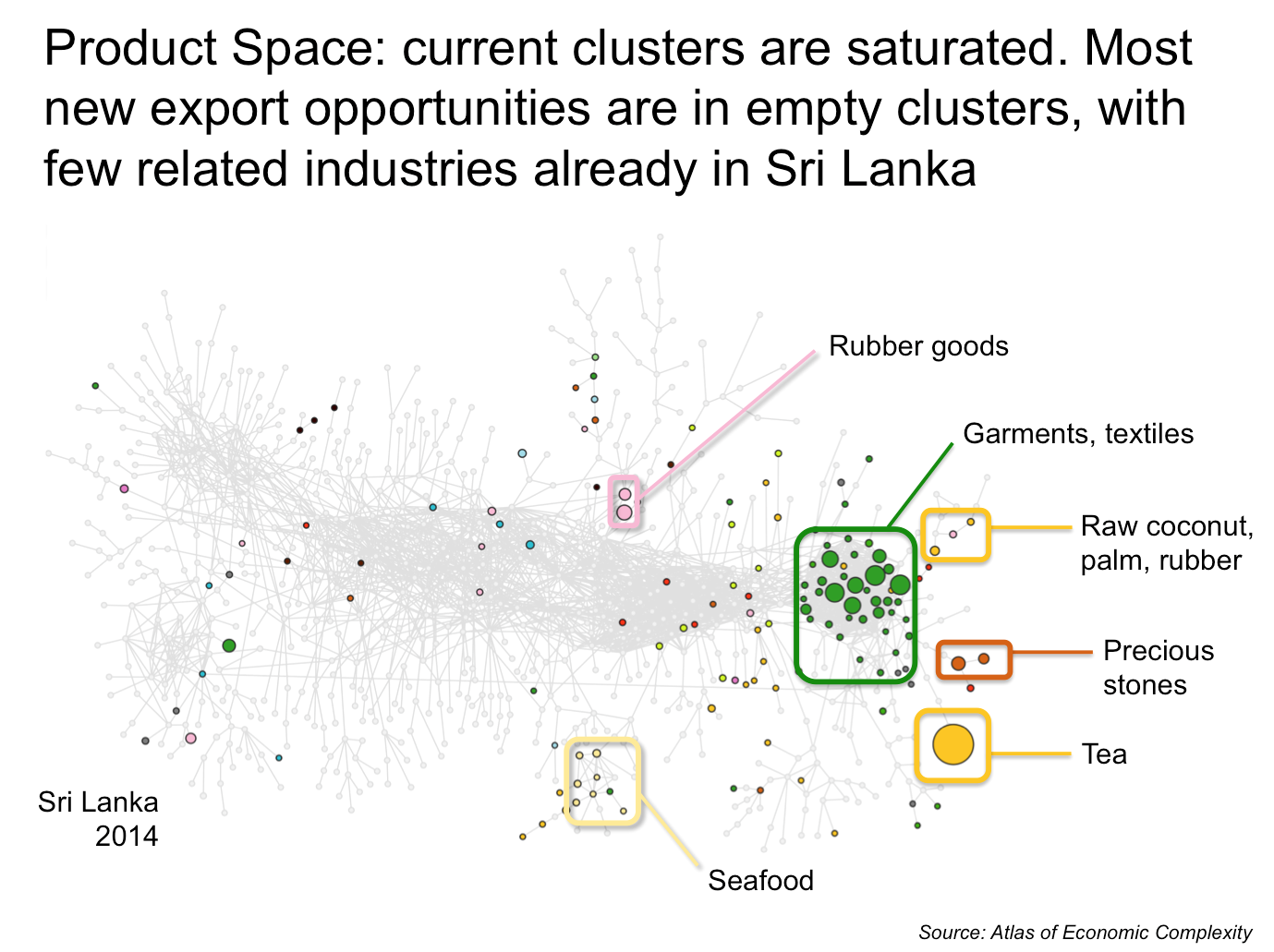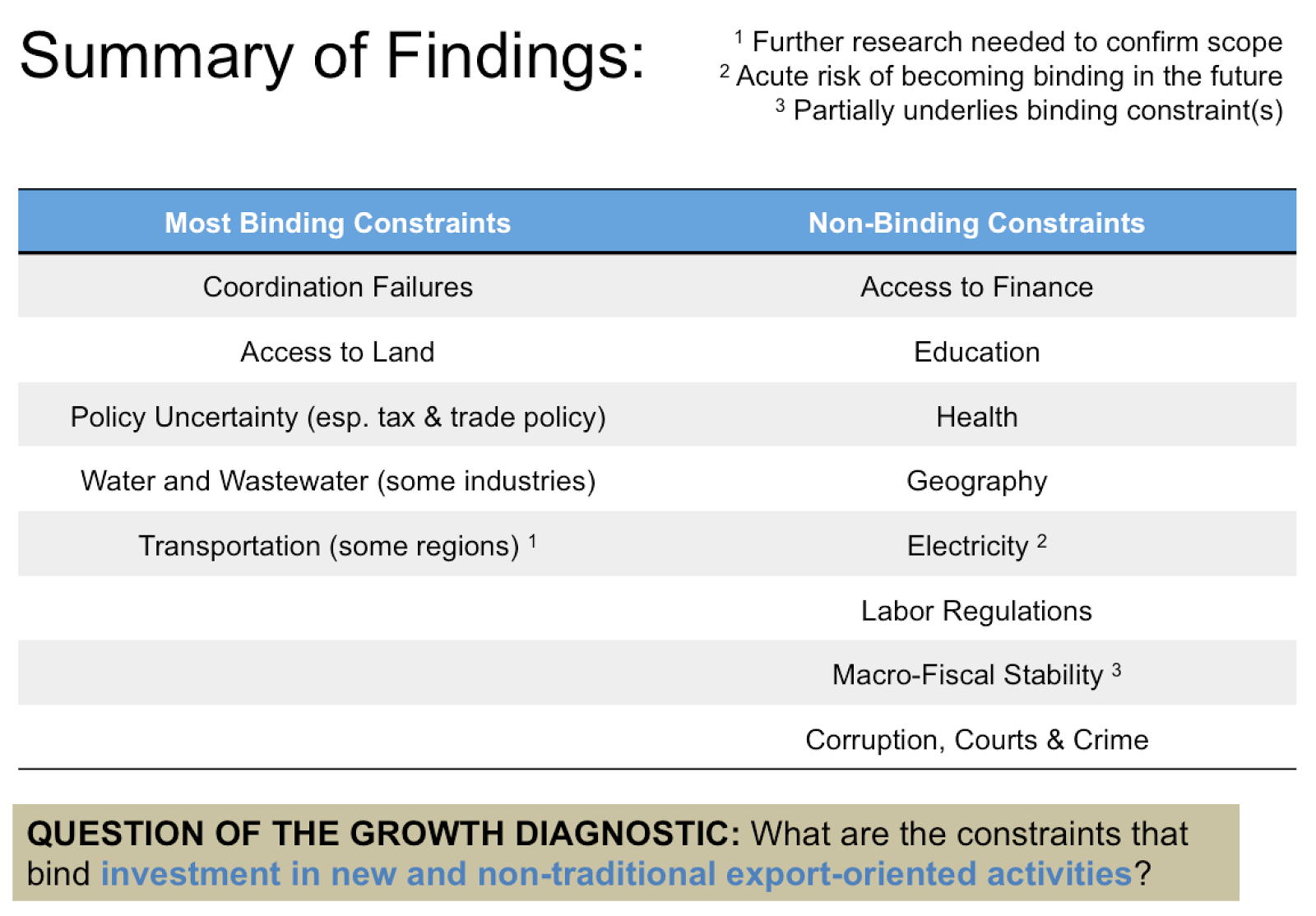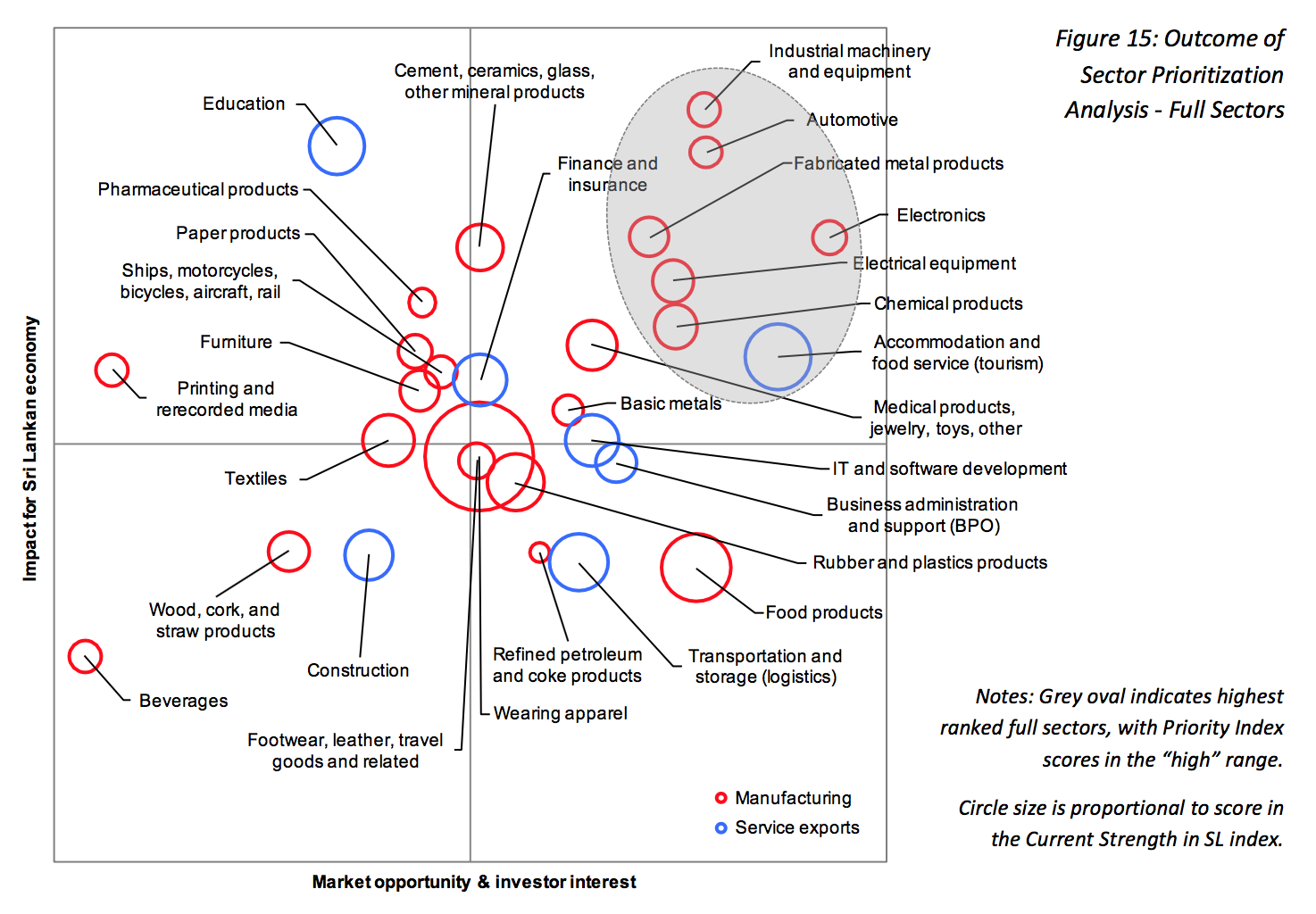Asia
For Ukrainian economy, westward tilt has grown since 2005 revolution
, 2022. Endowment Structure, property rights and reforms of large state-owned enterprises (SOEs) in China: Past, present and future. Structural Change and Economic Dynamics. Publisher's VersionAbstract
Sustainable and Inclusive Growth in Kazakhstan
Hausmann: Liberalising migrant labour policies key to propel growth
EDB collaborating with Harvard Center for International Development to boost exports
2018. Sri Lanka Growth Diagnostic, Growth Lab at Harvard's Center for International Development.Abstract
, 2018. Targeting Sectors For Investment and Export Promotion in Sri Lanka, Growth Lab at Harvard's Center for International Development.Abstract
2017. Recommendations for Trade Adjustment Assistance in Sri Lanka, Growth Lab at Harvard's Center for International Development.Abstract
, 2018. Opportunity Analysis of Agriculture Products in Sri Lanka. Measuring markets and feasibility.Abstract






